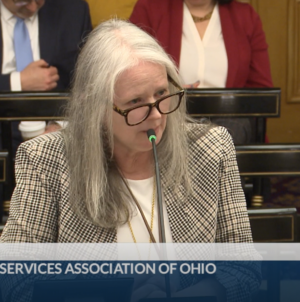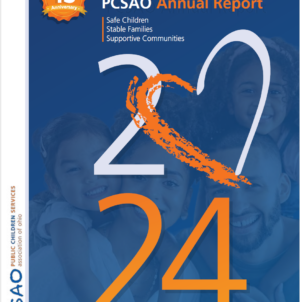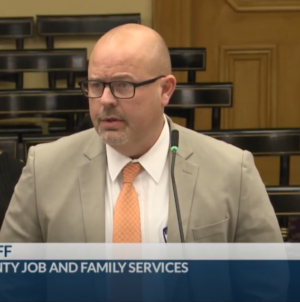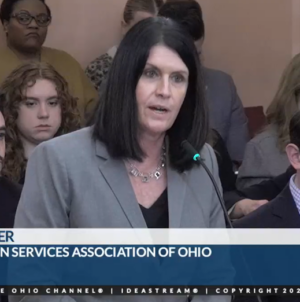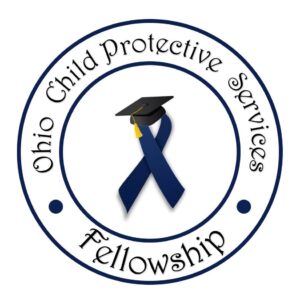PCSAO thanks House Finance for preserving children services investments
In testimony today before the House Finance Committee, PCSAO Director of Public Policy Mary Wachtel thanked members of the House Finance Committee for maintaining the Governor’s recommended funding for children services in Sub. HB 96 and for accepting a requested policy change. PCSAO expressed gratitude for much-needed investments and policy, including: Increased funding through the […]
PCSAO thanks House Finance for preserving children services investments Read More »

